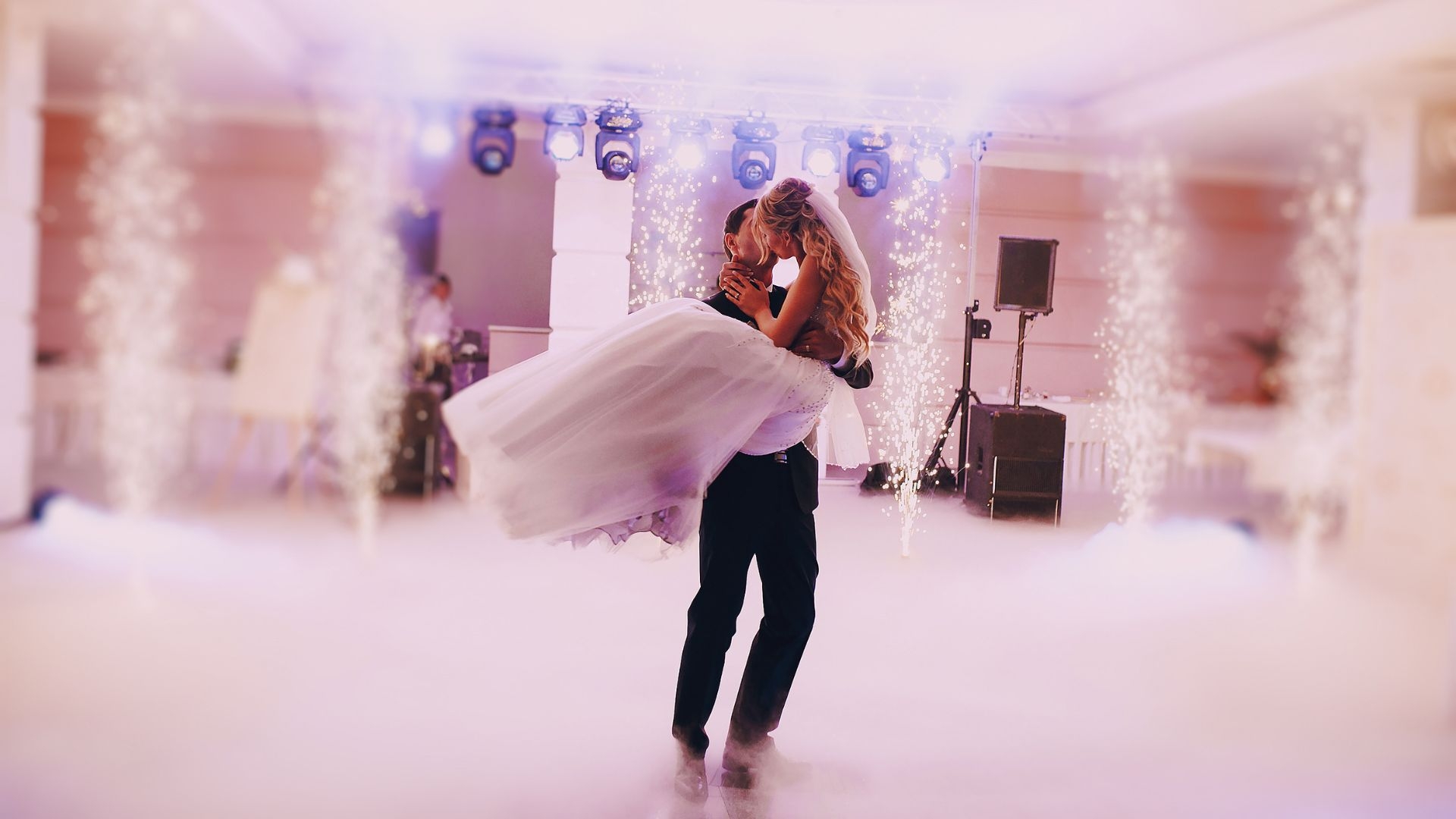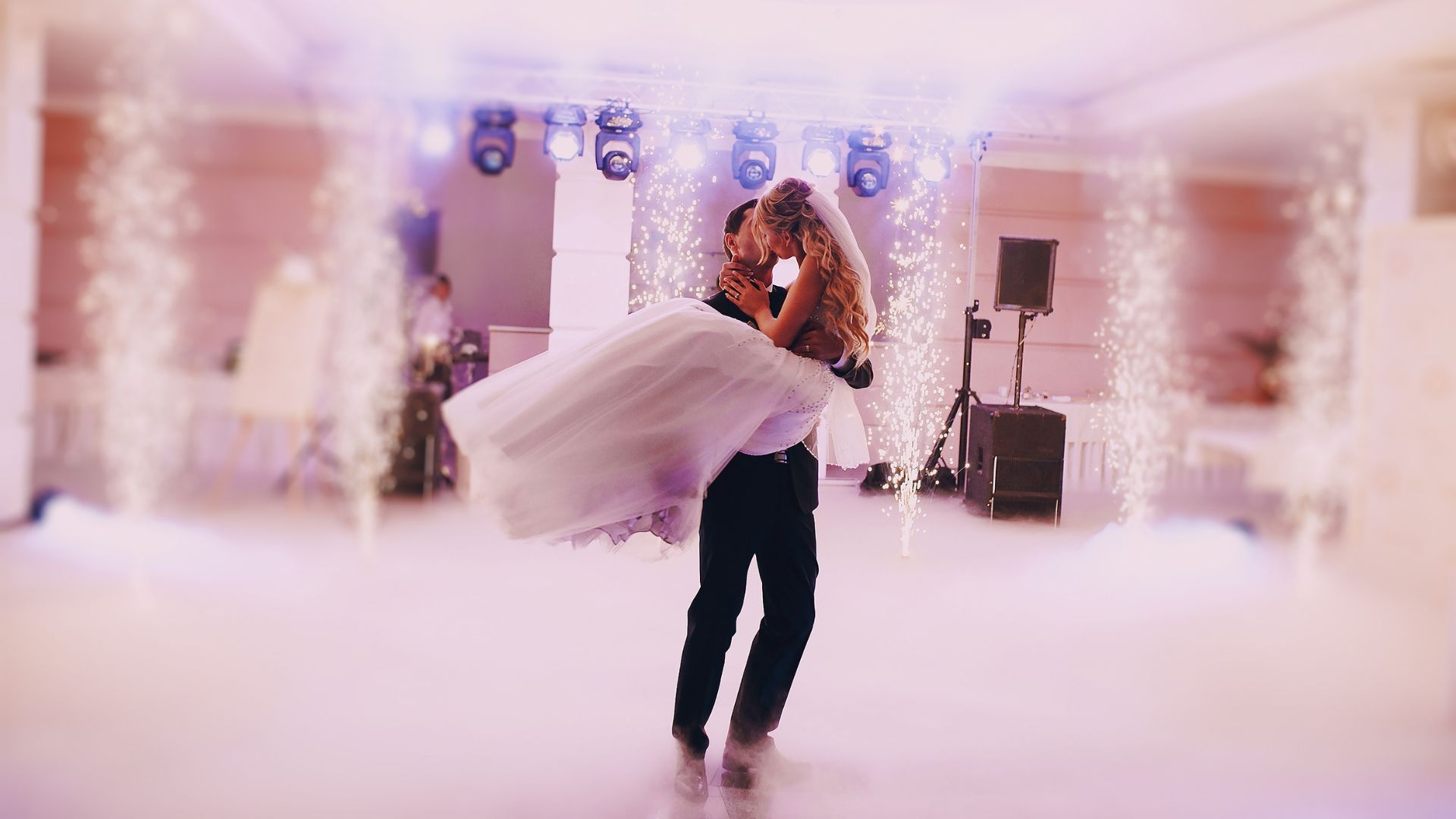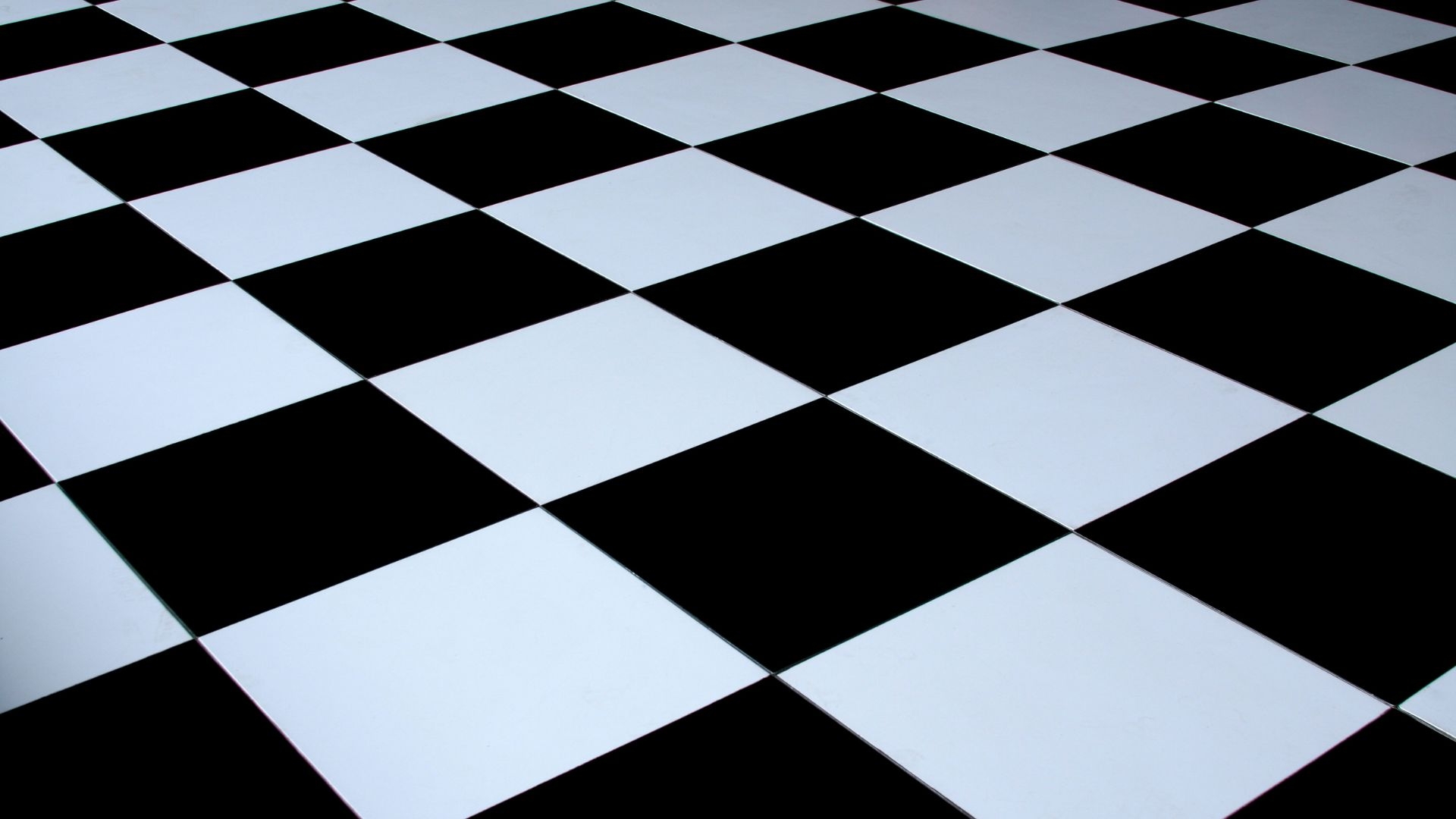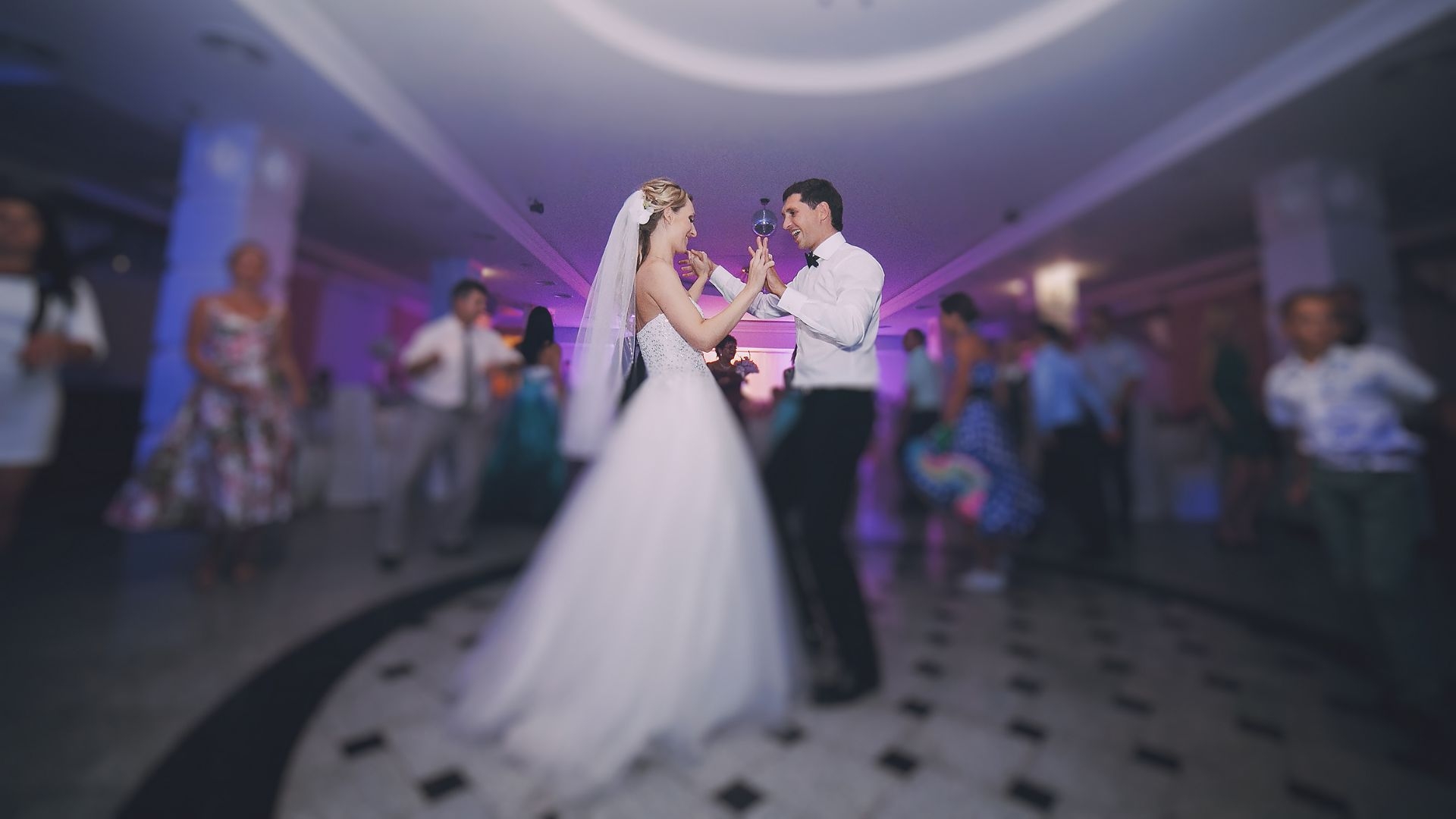Competition Dance Stages
What are the standard dimensions for a competition dance stage?
The standard dimensions for a competition dance stage typically range from 40 feet by 40 feet to 50 feet by 50 feet, providing ample space for dancers to showcase their routines. These dimensions allow for multiple dancers to perform simultaneously without feeling cramped, ensuring a fair and competitive environment for all participants.








